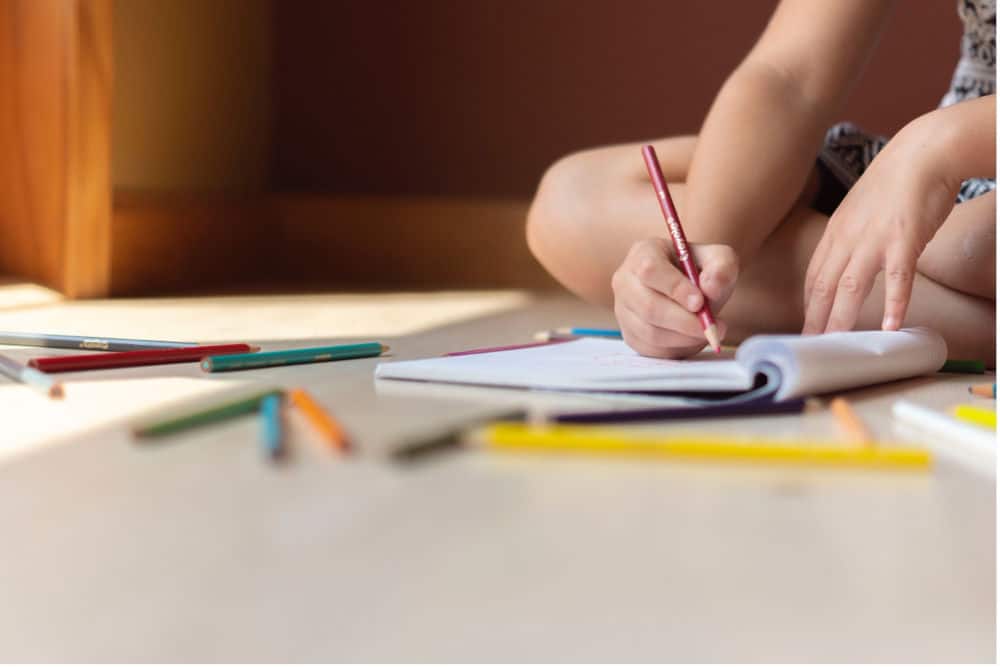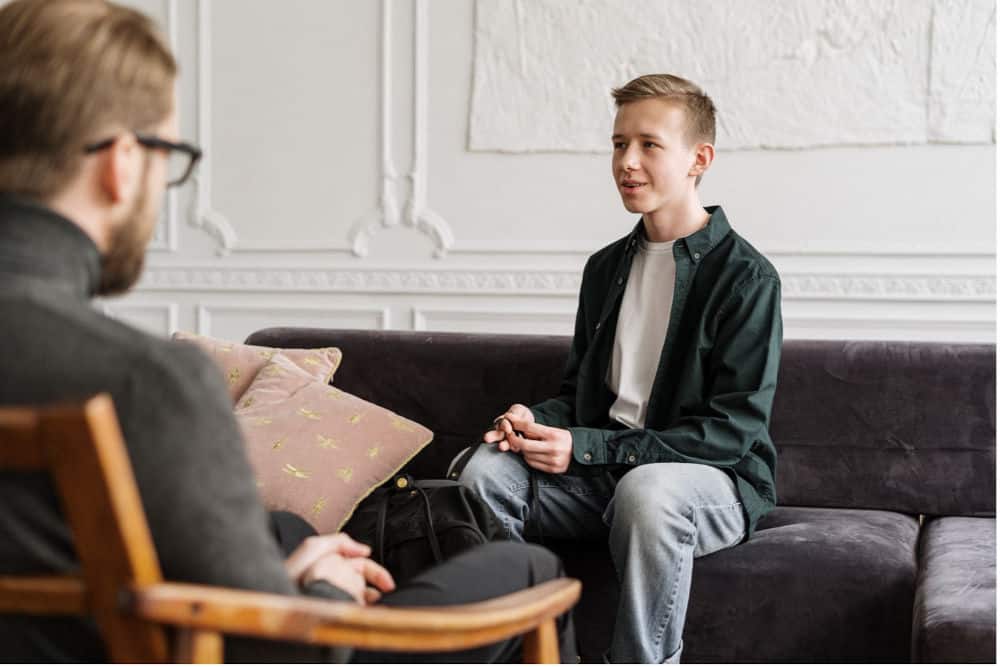
Many people wonder what actually happens during therapy sessions with children and young adults. In order to go into the content of the therapy, the differences and uniqueness of children and adolescents compared to adults, must first be shown.
The Uniqueness of Psychotherapy with Children, Adolescents, and Adults
Psychotherapy is a diverse field of mental health care that assists individuals in various stages of life. Working with children, adolescents, and adults requires different approaches and strategies due to the unique needs and developmental stages of each group. This article will explore the differences between psychotherapy with these age groups as well as the challenges and best practices for therapists.
Especially in childhood, development is much faster and many more things happen in a short period of time. There are also some so-called sensitive phases in childhood and adolescence, i.e. phases in which the child is much more receptive to some things and needs to be especially encouraged.
1. Communication Challenges
A crucial difference in psychotherapy with children, adolescents, and adults lies in the way communication occurs. Adults typically excel at expressing their thoughts and feelings in words and can often discuss their problems in more abstract terms. Children and adolescents, on the other hand, may struggle to articulate their feelings or understand what is going on within them. This necessitates a sensitive approach from therapists and the use of alternative communication methods.
With younger children, using playful techniques can be an effective way to facilitate communication. Play therapy is a proven method where children can express their emotions and concerns through play. For instance, a therapist may use dolls or toys to encourage a child to talk about their fears or problems. Children often respond positively to these playful approaches as they provide a familiar and non-threatening environment.
For adolescents who are already in a transitional phase of development, communication can be a challenge. A therapist must be empathetic and create an open and supportive atmosphere. Therapy with teens requires a good bond between client and therapist, so this should be worked on first. In therapy, techniques such as journaling, creative writing, or creating artwork can be used to help adolescents reflect on and express their thoughts and feelings. These forms of expression often offer a safe space for adolescents to address their internal conflicts and concerns.
Adults often have more experience with verbal communication but may still find it difficult to share their deepest feelings and thoughts. In adult psychotherapy, the focus often revolves around processing complex emotions and life experiences. The use of talk therapy and cognitive-behavioural therapy can help identify and address challenging thought patterns and behaviours.
2. Considering Development
Another critical difference in psychotherapy with children, adolescents, and adults is the consideration of individual development and developmental stages.
Children are constantly in a process of development, learning basic skills and concepts. In therapy for children, the emphasis often lies in promoting social skills, emotion regulation, and coping with separation anxiety. The use of stories and metaphors can help find child-friendly explanations for psychological concepts. For example, a story about a brave animal may be used to help a child understand and cope with their own fears.
Adolescence is a transitional phase where adolescents are developing their identities and striving for independence from their parents. In adolescent psychotherapy, the focus often revolves around helping them navigate the specific challenges of this period. Issues like identity exploration, peer relationships, school or performance pressure can be addressed. A therapist can assist in developing healthy coping mechanisms and building self-confidence as adolescents define their own values and goals.
Adults are typically in a more stable phase of their personality development. In therapy, they may work on addressing complex life events, relationship conflicts, or career challenges. Identifying patterns from the past and their impact on present behaviour can be a significant focus.

3. Involving the Family
The role of the family in psychotherapy can vary depending on the age group but is crucial in many cases.
When working with children, involving parents or caregivers is often essential. Parents can provide valuable insights into their child’s behaviour and needs. Family discussions can help the therapist understand family dynamics and use this to facilitate the resolution of conflicts. Additionally, parent coaching and guidance can help parents develop more effective strategies to support their child. Systematic therapy is often used here, where the family is viewed as a system. It is assumed that the child is a symptom carrier but not a problem. In systemic therapy the interactions and relationships within the family are looked at.
Involving the family with adolescents can be more complex, as they often seek independence from their parents. Nevertheless, family support and understanding remain crucial. Adolescents can be included in therapeutic decisions, and family discussions can take place to promote communication and understanding within the family.
In adult psychotherapy, family involvement is less common but can still be beneficial in certain cases. When dealing with severe mental disorders or relationship conflicts, involving family members can be useful in facilitating change and healing.
Art Therapy with Children
At this point, a special focus will be placed on art therapy, which can be used with children alongside play therapy. Some approaches and goals were discussed with paths’ Art Psychotherapist Noelle Camilleri, which are explained here.
Art therapy is a powerful therapeutic approach when working with children. For children who may have difficulty expressing their emotions verbally, engaging in creative activities like drawing, painting, and sculpting provides an alternative outlet for self-expression. Through art, children can communicate their thoughts, feelings, and concerns, often revealing insights that they might struggle to articulate verbally. The non-judgmental and safe environment of art therapy allows children to explore and process their emotions while developing self-confidence and coping skills. Art therapy not only aids in improving emotional well-being and creating a sensory awareness but also enhances creativity and problem-solving abilities, making it an invaluable tool in helping children navigate the complexities of their inner world.
Conclusion
Psychotherapy with children, adolescents, and adults requires a deep understanding of their diverse needs and developmental stages. Choosing appropriate strategies and methods is crucial to achieving therapeutic goals and promoting mental health. Through empathetic communication, consideration of individual development, and targeted family involvement, therapists can help individuals at different life stages on their journey to mental health and well-being.






